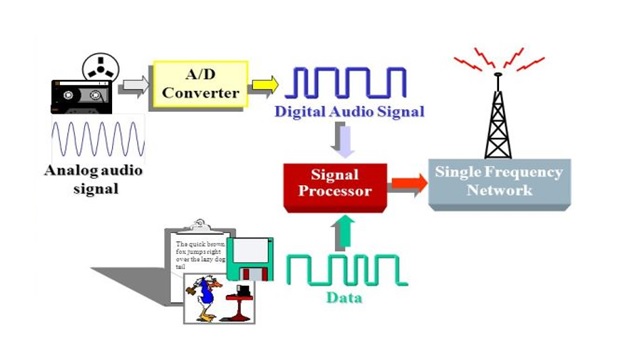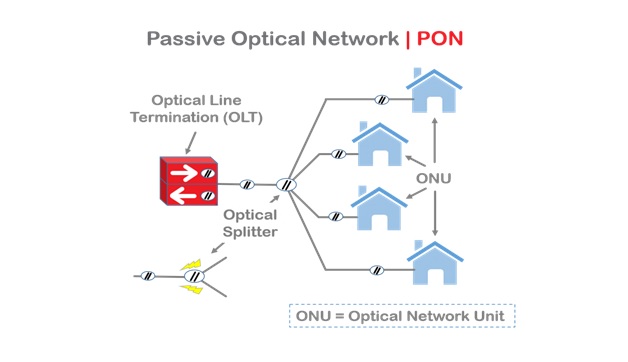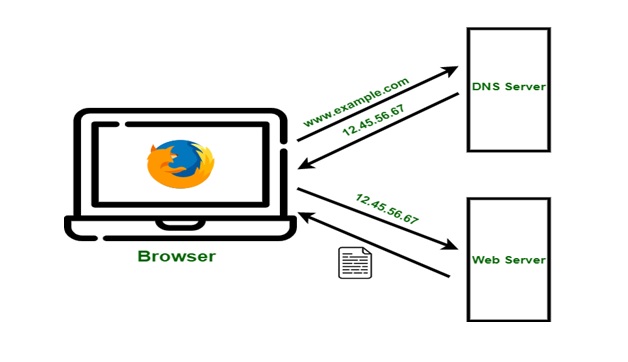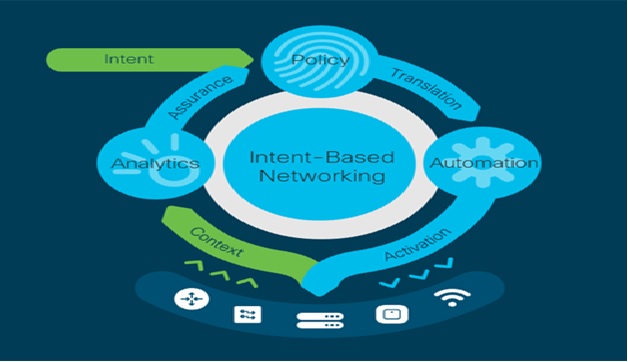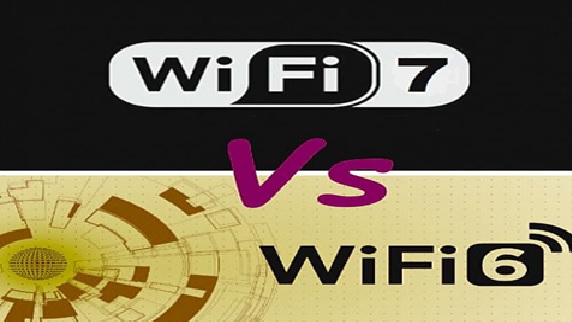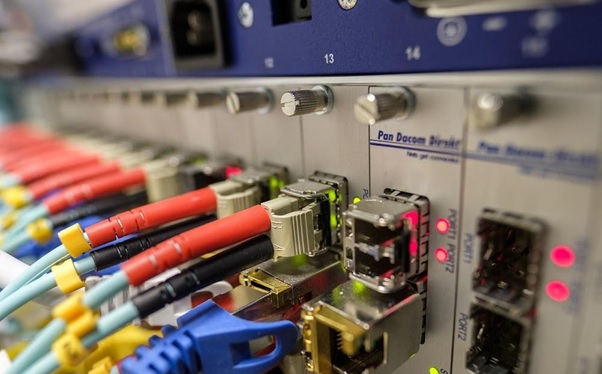Overview of HART Protocol Communication
The HART Protocol is the global standard for sending and receiving digital information across analog wires between smart devices and control or monitoring systems. We offer a variety of analog I/O modules with HART connectivity. Additional products are available from our Encompass Partners. [1]
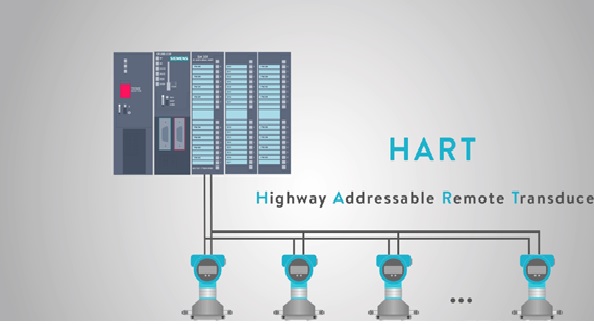
Figure 1. Overview of HART Protocol Communication
Figure 1 shows “HART” is an acronym for Highway Addressable Remote Transducer. The HART Protocol makes uses Frequency Shift Keying (FSK) standard to superimpose digital communication signals at a low level on top of the 4-20mA. This enables two-way field communication to take place and makes it possible for additional information beyond just the normal process variable to be communicated to/from a smart field instrument.
The HART Protocol communicates at 1200 bps without interrupting the 4-20mA signal and allows a host application (master) to get two or more digital updates per second from a smart field device. As the digital FSK signal is phase continuous, there is no interference with the 4-20mA signal. The HART Protocol provides two simultaneous communication channels: the 4-20mA analog signal and a digital signal. [2]
The HART protocol
The data in a HART protocol is transmitted in packets. Each message packet contains the following data fields:
Preamble – includes 5 to 20 bytes with the hex value, “FF,” which is transmitted from the host system to the field device(s). Most of the host systems only transmit five preamble bytes. These bytes are transmitted to help the field device synchronize with the data stream.
Start character – after the preamble bytes, a start byte is transmitted from the master (host) to the field device. This byte can indicate one of several values and, often, contains the master number. The start character is the indicator of the beginning of the HART packet.
Byte count – has a single byte indicating the number of bytes in the status and data fields. It let the receiver field device know when the message packet ends.
Status – is only present in the messages transmitted from a slave to the master. It contains two bytes indicating communication errors, the status of a received command, or the status of the receiver field device.
Data – may contain 0 to 255 bytes. The presence of the data field depends on a particular command. All universal and common practice commands have 33-byte data fields. [4]
References:
- https://www.rockwellautomation.com/en-in/products/hardware/allen-bradley/network-security-and-infrastructure/process-instrumentation-networks/hart--family----for-process.html
- https://www.fieldcommgroup.org/technologies/hart/hart-technology-explained
- https://www.engineersgarage.com/hart-protocol-and-applications/
Cite this article:
Nandhinidwaraka. S (2021), Overview of HART Protocol Communication, AnaTechMaz, pp. 56




